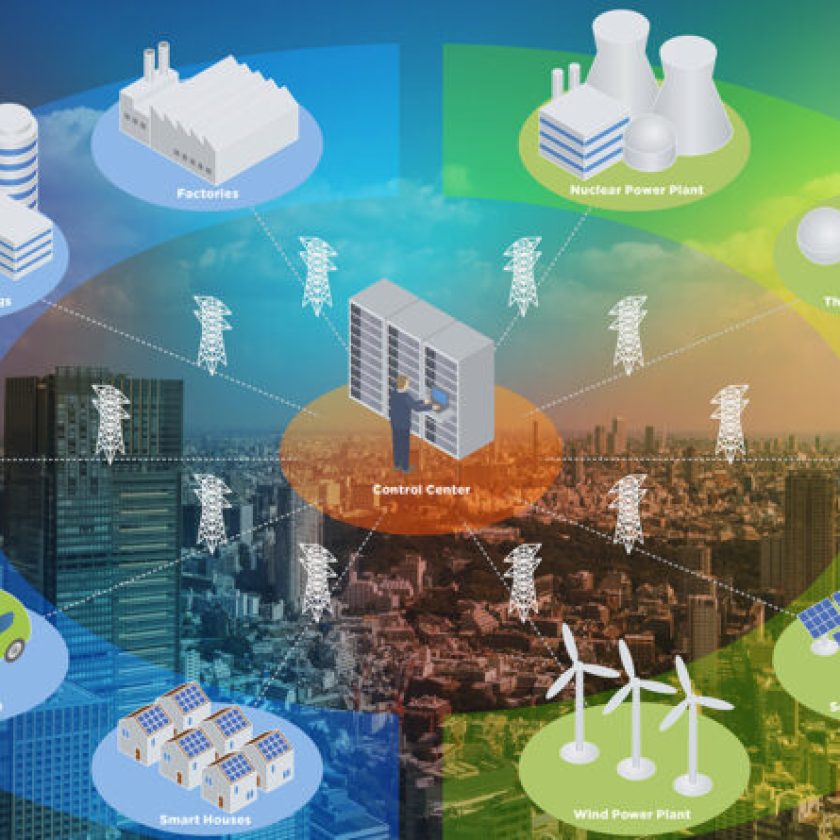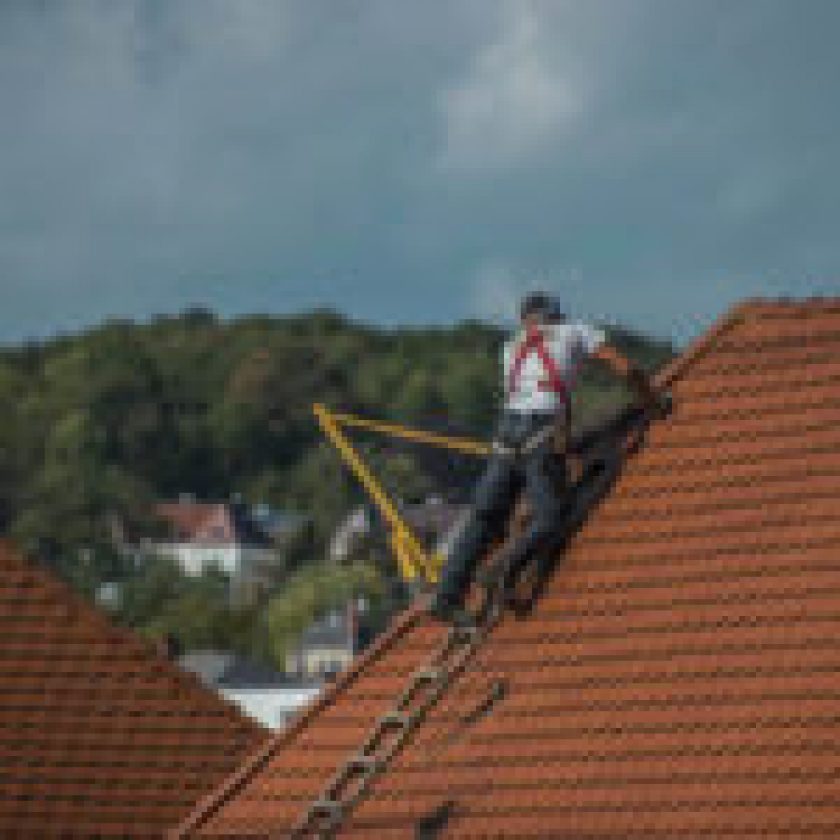In today’s world, the shift towards renewable energy sources is not just a trend but a necessity. As global energy demands continue to rise, integrating renewable energy into modern grids has become crucial. This integration aims to create a sustainable, reliable, and efficient energy system that can meet current and future demands.
Understanding the Need for Renewable Energy
Renewable energy, derived from natural resources like sun, wind, and water, offers an endless supply of power without the adverse environmental impacts associated with fossil fuels. For businesses and individuals alike, this shift is not just about being environmentally conscious but also about being economically savvy. Renewable sources can significantly reduce electricity bills and provide a more predictable long-term energy cost, which is particularly beneficial for budget planning.
Challenges in Integration
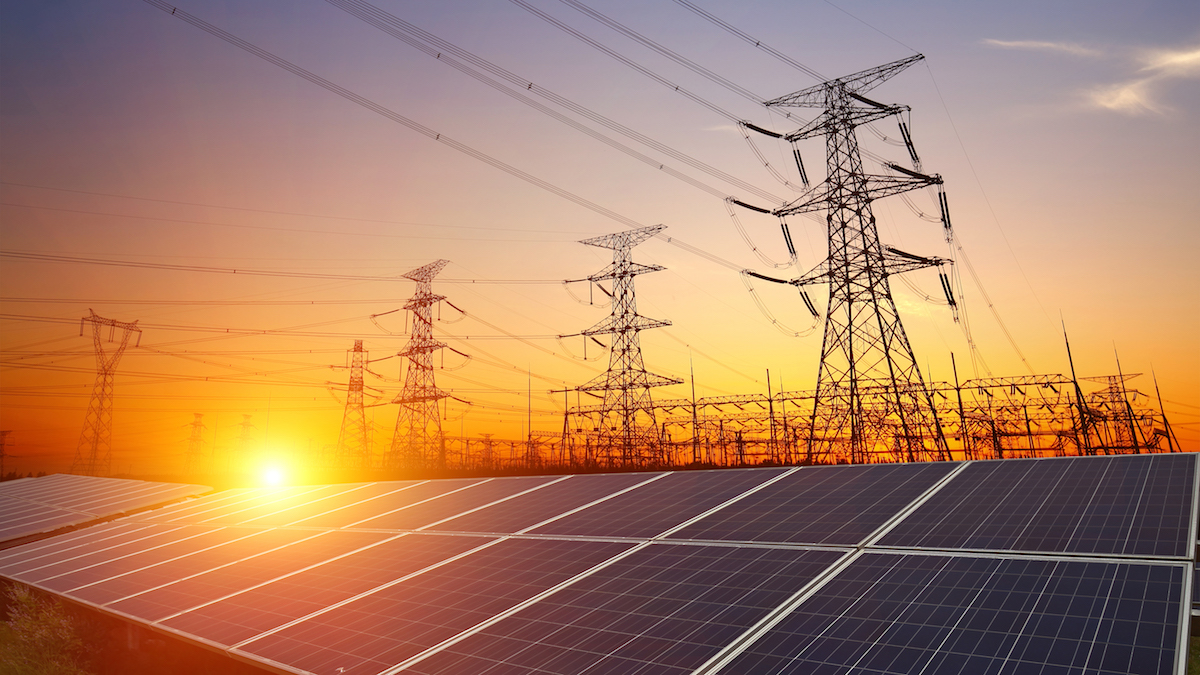
source: pinterest.com
Despite the apparent benefits, integrating renewable energy into existing power grids is not without challenges. One of the main issues is the intermittent nature of renewable sources. For instance, solar and wind energies depend on weather conditions, which can be unpredictable. This variability can lead to instability in the power grid, making it difficult to ensure a constant supply of electricity.
Technological Solutions
To address these challenges, modern grids are increasingly relying on advanced technologies. Smart grids, which use digital communication technology to detect and react to local changes in usage, are vital in managing the variability and decentralization of renewable energy sources. Additionally, energy storage systems are becoming crucial in balancing supply and demand. They store excess energy generated during peak production times and release it when the demand is higher.
The Role of Panel Boards
An often-overlooked component in the integration of renewable energies is the breaker panel. These units serve as the cornerstone for electrical distribution, ensuring that power is safely and efficiently distributed throughout a facility. In the context of renewable integration, panel boards play a critical role in managing and safeguarding the electrical system, particularly when it fluctuates due to the variable nature of renewable sources.
Economic and Regulatory Incentives
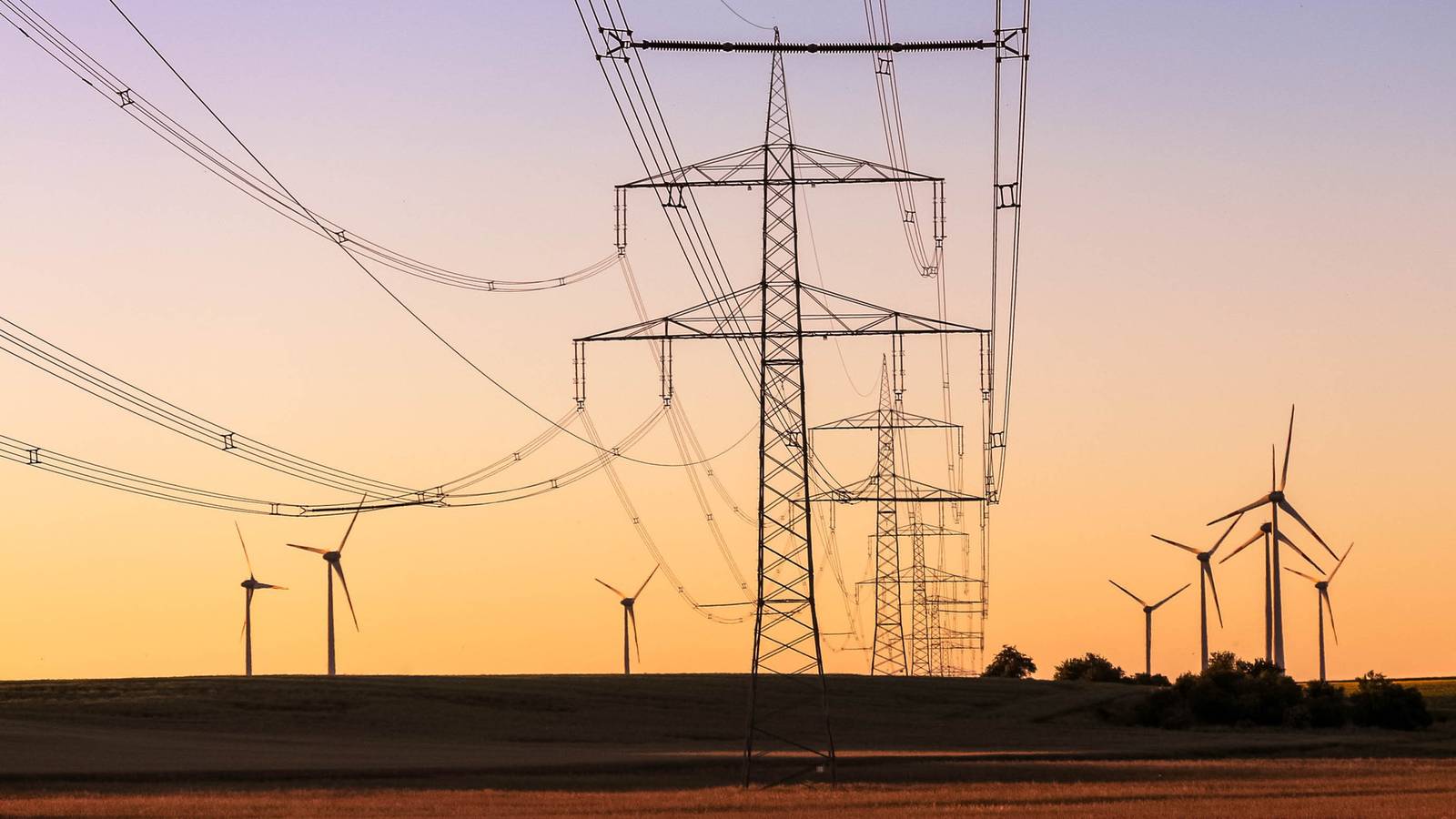
source: pinterest.com
Many governments worldwide are offering incentives to encourage the adoption of renewable energy. These may include tax credits, rebates, and grants, which can significantly offset the initial costs of setting up renewable energy systems. Businesses and homeowners should stay informed about these opportunities to make the most of their investment in renewable energy.
Adapting to a Renewable Energy Future
As the world steadily moves towards a renewable energy-dominated landscape, it’s imperative for businesses and consumers to adapt to this change. This adaptation involves not only installing renewable energy systems but also embracing energy efficiency and conservation practices. Energy efficiency measures, such as using LED lighting, energy-efficient appliances, and improving insulation, complement renewable energy integration by reducing overall energy consumption. This holistic approach towards energy management ensures that while we harness the power of renewable sources, we also optimize their use, creating a sustainable and responsible energy future. This strategy not only mitigates environmental impact but also leads to significant cost savings over time, addressing one of the primary concerns of potential customers in this sector.
Future Prospects
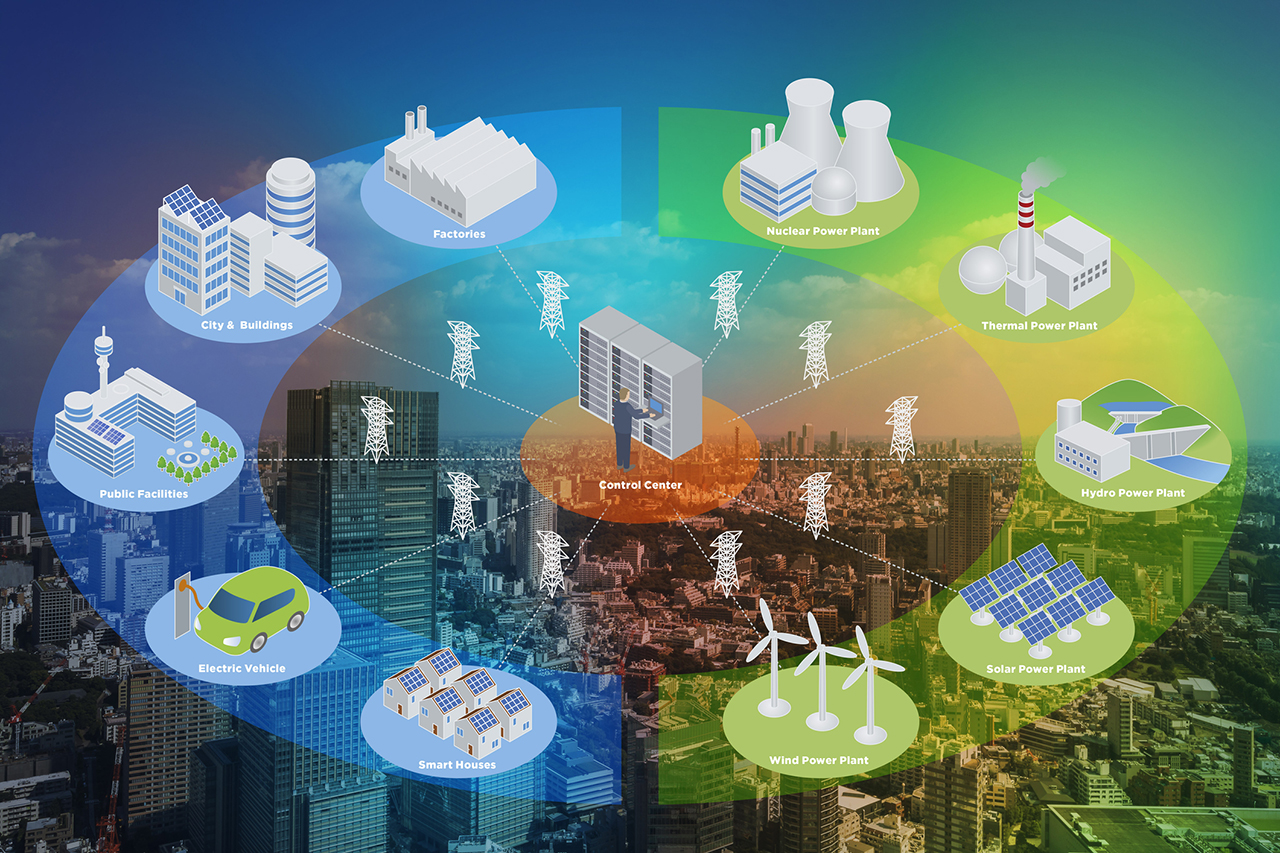
source: pinterest.com
The future of renewable energy integration looks promising. With ongoing advancements in technology and increasing awareness of the need for sustainable energy sources, more and more individuals and businesses are moving towards renewable energy. This transition not only helps in reducing the carbon footprint but also paves the way for a more resilient and efficient energy system.
Conclusion
The integration of renewable energy into modern grids is an essential step towards a sustainable future. While challenges exist, technological advancements and supportive policies are making this integration more feasible and economically viable. For potential customers in this evolving market, understanding the complexities and opportunities of renewable energy integration is key to making informed decisions that align with both their economic and environmental goals. As we move forward, the commitment to renewable energy will not only benefit individual users but also contribute significantly to global efforts in combating climate change.

